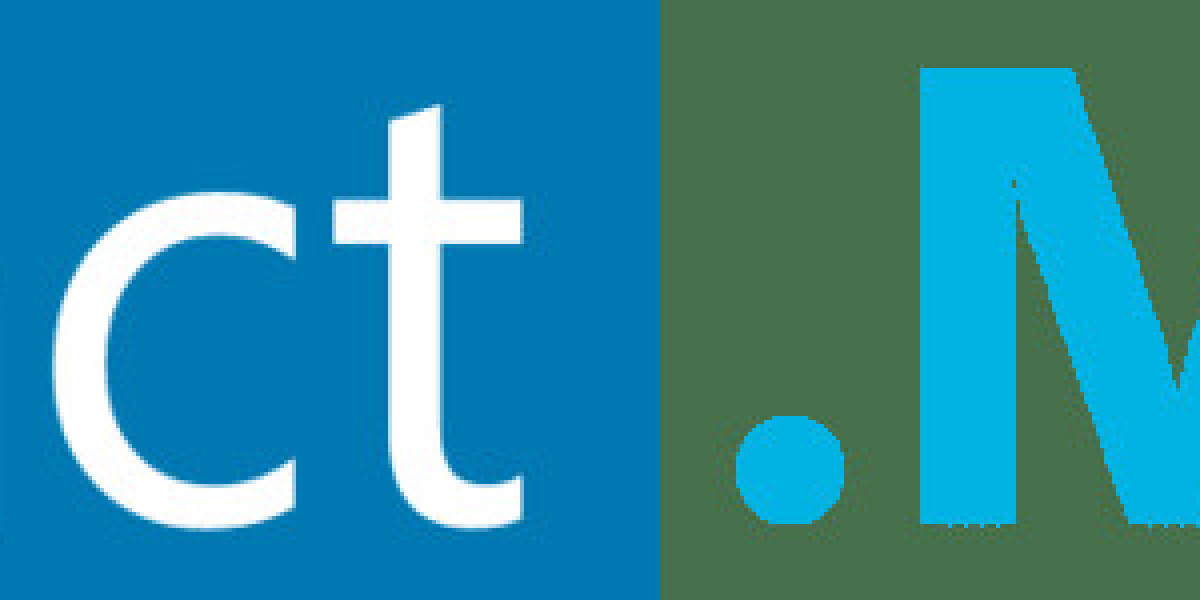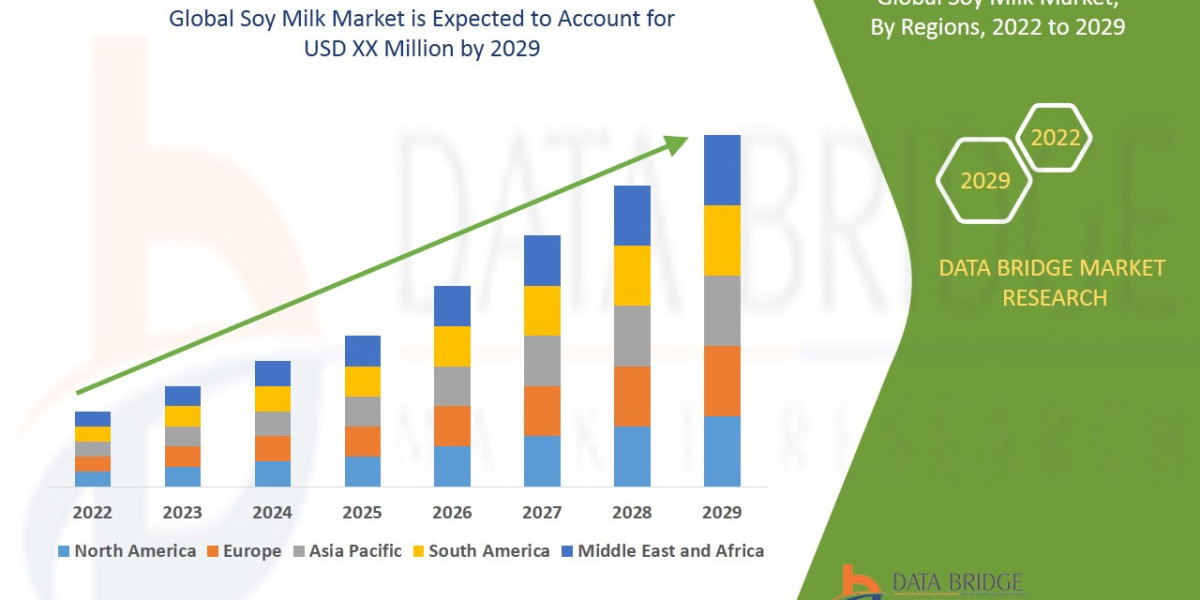Market Summary:
According to Research Intelo, the global 3D printed drugs market size in 2024 stands at USD 280 million, reflecting robust adoption across pharmaceutical and healthcare sectors. The market is anticipated to exhibit a compelling CAGR of 15.7% from 2025 to 2033. By the end of 2033, the 3D printed drugs market is projected to reach a valuation of approximately USD 1,110 million. This significant growth is primarily driven by the increasing demand for personalized medicine, advancements in 3D printing technologies, and the rising prevalence of chronic diseases requiring patient-centric drug delivery solutions.
Market Drivers and Opportunities
1. Personalization and Precision Medicine
One of the key drivers of the 3D printed drugs market is the rising demand for personalized medicine. Patients with unique genetic profiles, varying drug metabolisms, or special dosing needs can greatly benefit from customizable treatments. 3D printing enables on-demand production of medications with specific dosages, ideal for pediatric, geriatric, and oncology care where precision is critical.
2. Faster Drug Development and Prototyping
3D printing accelerates the prototyping of drug formulations. Researchers can rapidly iterate drug designs and test different release profiles without relying on extensive manufacturing reconfigurations. This speed improves the agility of pharmaceutical R&D, potentially reducing the time and cost involved in bringing new drugs to market.
3. Decentralized and On-Demand Manufacturing
The potential to print drugs in local pharmacies, hospitals, or even in patients' homes could decentralize pharmaceutical production. This would be especially impactful in remote or underserved regions, disaster zones, or during supply chain disruptions. On-demand production could also reduce waste associated with mass-produced drugs that expire before use.
Technological Innovations
1. Print Techniques
Various printing technologies are being adapted for drug manufacturing, including inkjet printing, selective laser sintering (SLS), and fused deposition modeling (FDM). Each offers different benefits in terms of resolution, material compatibility, and scalability.
2. Smart Drug Design
Advanced software algorithms are enabling the design of smart pills that release drugs in response to specific triggers such as pH, temperature, or time. Such innovations could enhance therapeutic outcomes and patient compliance.
Future Outlook
As technology matures and regulations catch up, the 3D printed drugs market is poised for significant growth. Analysts predict robust expansion through the next decade, especially as AI, robotics, and digital health converge with pharmaceutical manufacturing. The future could see widespread use of digital prescriptions that are wirelessly transmitted to local 3D drug printers—ushering in a new era of hyper-personalized medicine.
Key Players:
According to Research Intelo:-
· Aprecia Pharmaceuticals
· FabRx Ltd.
· GlaxoSmithKline plc
· Merck KGaA
· Johnson & Johnson
· Thermo Fisher Scientific Inc.
· Pfizer Inc.
· AstraZeneca plc
Source: https://researchintelo.com/report/3d-printed-drugs-market






